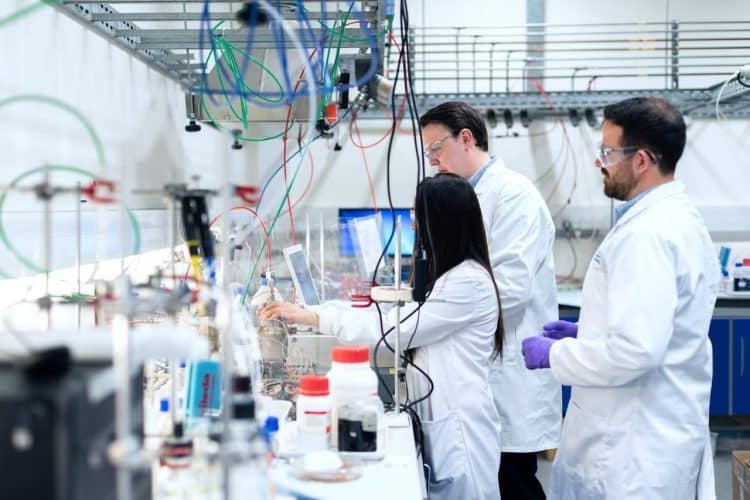More than any other sector, the cannabis industry is continually evolving and in flux, making it challenging for even the most established extraction labs to maintain compliance. Failing to do so could result in fines—or worse—getting your lab shut down entirely. Consumer demand for quality extracts remains steady and is only likely to increase, so maintaining compliance is essential for any business. Here are a few tips to keep in mind to stay in good standing with regulatory compliance.
Standard Operating Procedures
Any quality extraction lab will have developed solid standard operating procedures (SOPs). SOPs are needed to achieve Good Manufacturing Practices (GMP) certification. Some of the most important things to consider when developing SOPs are:
- Safety Standards – The safety of employees should be the main concern of employers. Ongoing safety training must be provided by the extraction facility.
- Regulatory Requirements – These vary by location and are still being established in states with emerging recreational markets like New Jersey, Arizona, and South Dakota.
- Manufacturer Requirements – To utilize extraction equipment, some manufacturers require certifications for operator training, maintenance, and best practices that facilities must follow. All training records should be recorded and kept on-site in the event of inspection from any regulatory bodies.
- Quality Control and Testing – Testing your extracts isn’t just important for safety and consistency – it’s crucial to ensure that your customers will always get a top-shelf product they will reach for on a shelf.
- Preventative Maintenance – Regular testing of extraction equipment should be performed and logs kept on each. Preventative maintenance and testing of equipment is a compliance requirement for many state or local regulatory bodies.
One important source for compliance standards is Chapter 38 of the National Fire Protection Association Fire Code (NFPA 1). NFPA standards for cannabis producers cover construction materials, equipment, training, safety, and more.
C1D1 and C1D2
The NFPA National Electric Code® requires that facilities with explosive vapors or combustible materials be outfitted with equipment that prevents such explosions. Extraction facilities must be equipped with specific electrical components and wiring for safety reasons. Another example of such a facility is a gas station. These regulations are classified as Class 1 Division 1 environments and Class 1 Division 2 environments. One of the main differences is that flammable vapors exist under normal conditions in C1D1 (e.g., extraction), but should only exist under abnormal conditions in C1D2 (e.g., post-processing).
The Future of Extraction Compliance
Since high-tetrahydrocannabinol (THC) cannabis is still illegal at the federal level, there have not yet been GMP established by the Food and Drug Administration. However, multinational medicinal cannabis companies have earned GMP certification from Canada and Europe. GMP certification is available for hemp extractors in the US.
There are practices that all facilities can implement to maintain compliance including facility and staff cleanliness, keeping up-to-date records, manufacturing products of consistent quality, storing materials properly, etc. As we move forward with cannabis legalization, we will see compliance regulations continue to develop. The bar will eventually be set for cannabis industry standards just like any other sector.
Photo by: ThisIsEngineering from Pexels












